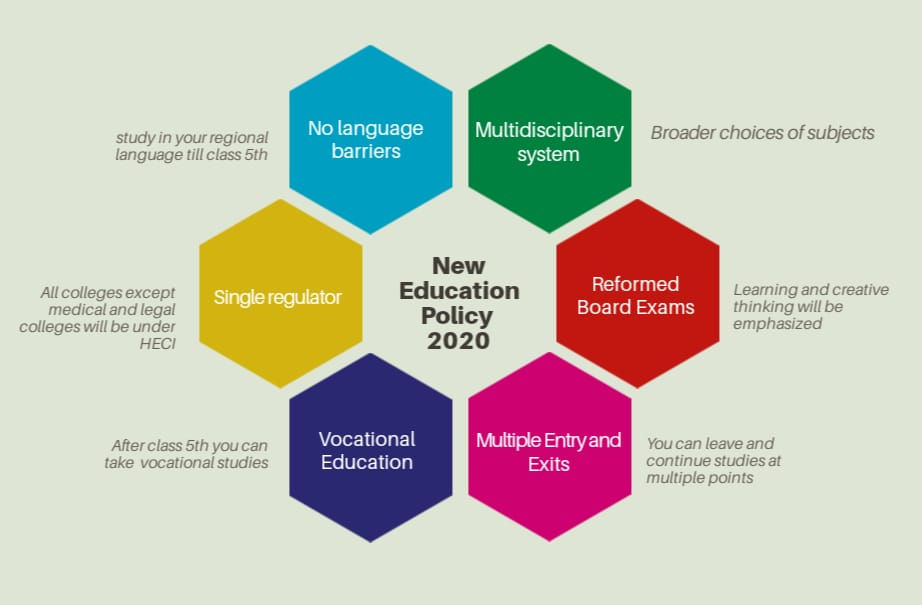🌱The Sapling Process 🌱
- Priyal Tiwary
- Aug 4, 2020
- 3 min read
Updated: Aug 6, 2020

A mentor is someone who coaches or guides the development of a new or existing worker in an organization, department or work team. While good mentors are unique in their personalities and abilities, they share some common qualities, including expertise in their work, a professional attitude, a supportive approach and a team-oriented mentality.
Mentoring is an intentional and nurturing process which fosters the development of the mentee towards the goal of achieving their full potential. Mentoring is also an insightful process in which the wisdom of the mentor is acquired and applied by the beneficiary.
There is more than one way to view the mentoring process. A more formal one is discussed a bit below, but before that, you can see the agricultural analogy for the process.
Together, we may refer to these four steps as the PreNEC Model. Each step is a process driven element of the complex mentoring journey. This process can help transform mentoring sessions from mundane organizational requirement to high-impact interactions that have a lasting positive impact on the mentor, mentee and ultimately the organization. These steps are enumerated below both for the seasoned and first time mentors and mentees.

Step 1: Prepare

This is almost like tilling the soil before planting the seed. Preparation is a 5-step process.
• Set up time and space to meet
• Introduction
• Bringing focus and setting goals
• Setting logistics
• Mutual agreement to move forward, time and commitment for the next session
Preparation should be from both sides – the mentor and the mentee. The mentor should know about the mentee and also have subject expertise and knowledge. This is adequate preparation for the first-time mentors. Under-prepared mentors often upset their mentee (Zachary, 2000). Mentors should be aware about their own journey and the experiences before mentoring someone else. It is important to remember that a mentor should be – a “guide on the side” rather than a “sage on the stage” (Wong & Premkumar, 2007).
Step 2: Negotiation

This step is like planting the seed. It has three major steps each with a sub-step.
• Brainstorming to prioritize the set goals and list the learning outcomes
• Preparing a structure of action (plan) and setting criteriahilm for assessing progress in the same
• Conclude by deciding on mutual responsibilities and accountabilities and by setting boundaries
This phase begins with a free-flowing conversation between the mentor and the mentee and the aim is to have a shared understanding of the desired outcome and delineation of responsibilities. At the end of this phase, the mentoring partners should ideally have collaboratively explored (Wong & Premkumar, 2007):
• Desired learning outcomes
• Criteria for measuring success
• Mutual responsibilities
• Accountability assurances
• Protocols for addressing problems
• An action plan for achieving the learning goal
One of the most important outcomes is boundary setting by both the mentor and the mentee. Decisions need to be made regarding the accessibility of the mentor. Is the mentor available all the time? Both mentoring partners need to decide on when and where to meet, what the agenda will be for the meeting, and establish a mechanism to indicate a topic has been sufficiently explored.
Step3: Enable the mentoring relationship

This step is like watering the seeds for nurturing. During this step, mentees are gradually initiated into the traditions of a community of practitioners. This step has four sub-steps which are as follows
• Mentee’s are mentored with examples. The mentor should reflect on appropriate and inspiring examples to be shared in the mentoring process.
• Implementing the action plan
• Feedback to the mentor about course of action
• Change/modification of the course of action
Step 4: Coming to closure

Mentoring relationships are not continuous and have to end. This step is like bearing the fruit of the plant. It has four sub-steps which are
• Focused conversation about the learning that has taken pace during the mentoring process – what went well and what didn’t.
• It is important to celebrate the conclusion of a successful mentoring relationship.
• Verbal comments and written notes from the mentor offer support and encouragement
• Follow-up and action-plan for future
So here is how you can design your mentoring journey.
Want to learn more ?
Want Help in doing such ?
Want a mentor ?

So why wait? pound over to www.mentorbox.in join us and thus allow us to come forward to sort it all for you :)
🌻THANK YOU 🌻




Comments